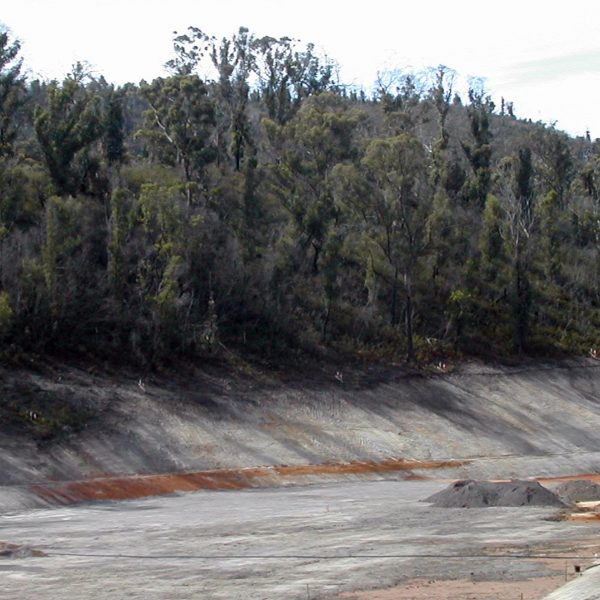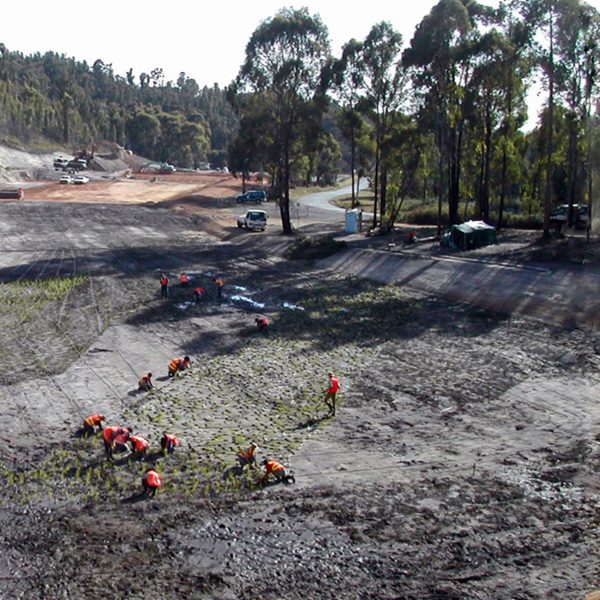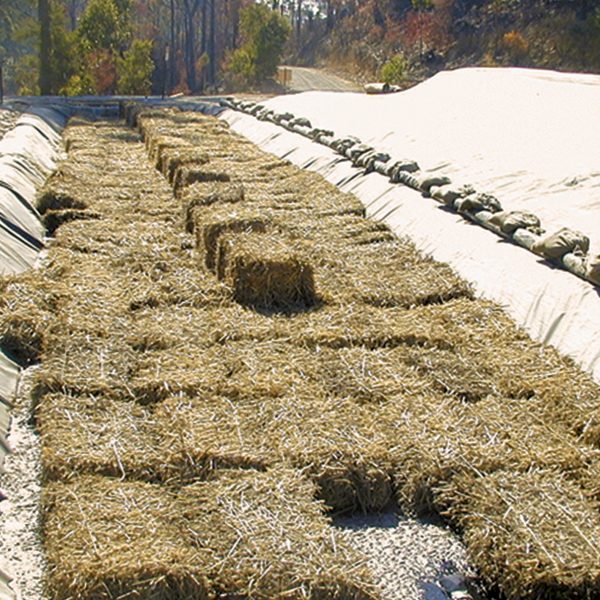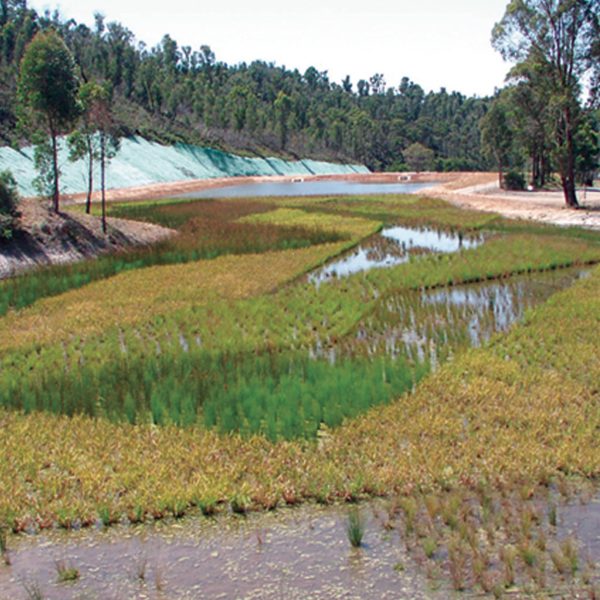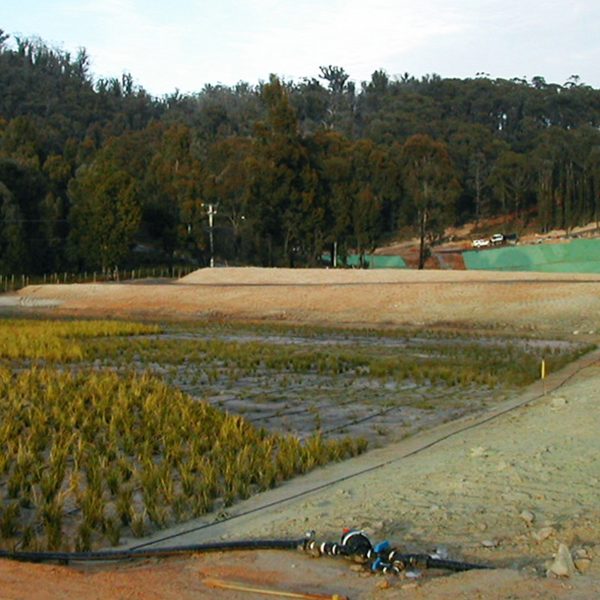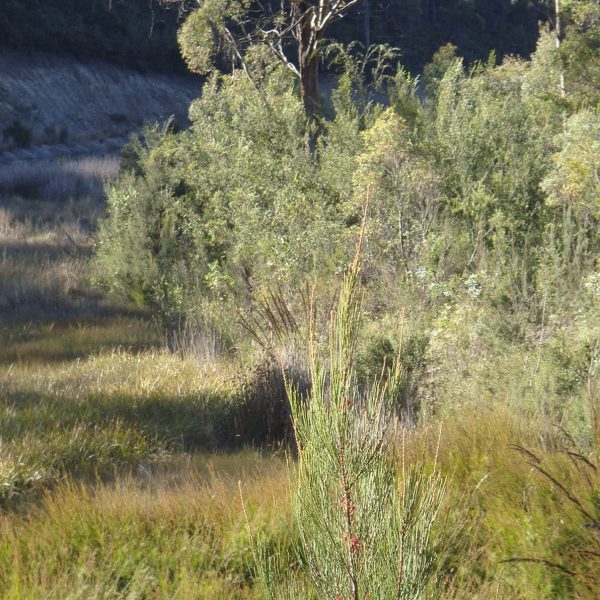This ICI Tioxide project is a bioremediation system and constructed wetland for the treatment of acid sludge leachate
Location: Heybridge, Tasmania
Client: ICI/Tioxide Australia
Time frame: 1999 – 2004
Services provided by Syrinx
Constructed Wetlands and Biofilters; Ecological Engineering; Landscape Architecture; Specialist Construction; Sustainable Remediation
Project Phases Delivered
Project Phases Details
This ICI Tioxide project is a bioremediation system
and constructed wetland.
The system treats acid sludge leachate arising from a former titanium dioxide production plant.
The production process of the former plant generated a sludge composed mainly of oxides of silica, titanium, iron and a range of metals in an acidic solution. Previous remediation efforts had failed due in part to the high metal concentrations and acidity.
Syrinx undertook detailed investigations of the leachate and designed a world first bioreduction-oxidation treatment system using local waste materials. The project successfully remediated a very highly concentrated leachate stream and is no longer regulated by the EPA.
Awards and achievements
- United Nations Association of Australia, Best Practice Environmental Initiative, 2005, Winner
- Plastics and Chemicals Industry Association, Environmental Award, 2005, Winner
- Tasmanian Awards for Environmental Excellence, Ministers Award, 2004, Overall Winner
- Banksia Environmental Award, Environmental Leadership in Protecting Bush, Land and Waterways Category, 2004, Finalist
- Tasmanian Award for Environmental Excellence, Mining and Minerals Processing Category, 2004, Winner
- Plastics and Chemicals Industry Association, Sustainability Award, 2004, Bronze Winner
Key outcomes
- Provision of a high level of treatment of acid sludge leachate using a sustainable, low cost technology
- Design and delivery of a world-first bioremediation system for the first phase treatment of the acid leachate, which removed metals to insoluble sulphides and oxyhydroxides. Novel components of the system included the use of local agricultural waste products to build a sustainable bioremediation system
- Design and delivery of a second wetland to remove nutrients and manganese, which also involved experimental testing of local plant species to improve phytoremediation performance. The system reduced the contaminant discharge to the receiving environment (Blythe Estuary) by 90%
- Successful restoration of the community’s confidence in an “old” industrial company by encouraging local community participation in the planting process, and due to its integration with local industries and labour
- Reintroduction of endemic species, selected primarily on the basis of their structural performance of neutralising contaminants
